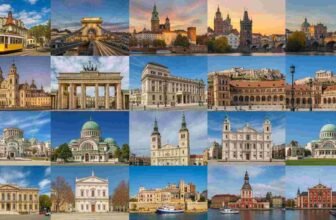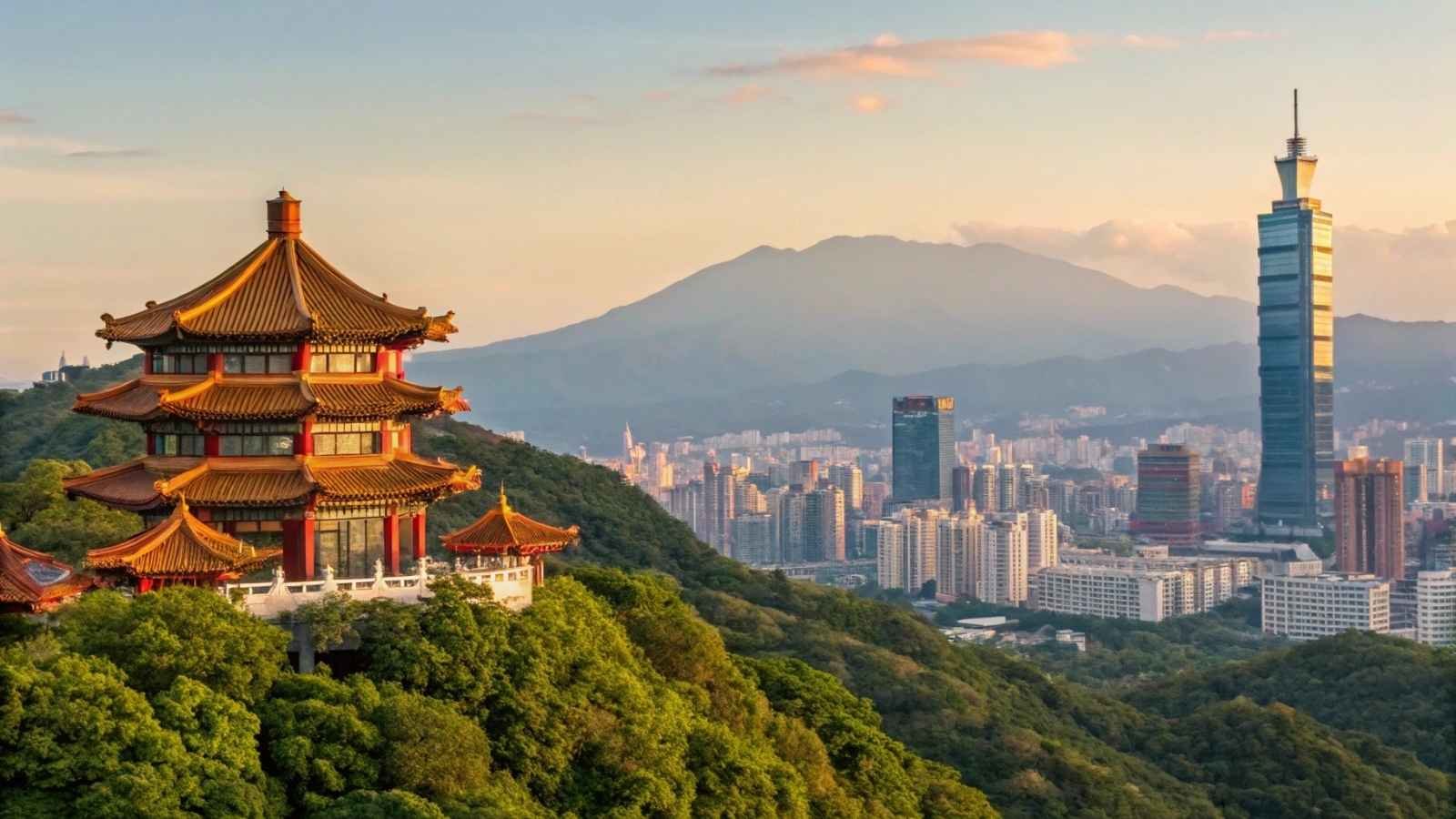
Whispers often surround travel—the same handful of “bucket list” destinations recycled until they lose their magic. But the truth is, some of the most breathtaking adventures hide in places most travelers shrug off as dull.
These are the countries that quietly protect pristine landscapes, timeless traditions, and soulful cultures without the crush of overcrowded tourism. They may not top glossy magazine spreads, yet they hold the kind of richness that lingers long after the trip ends.
If you’ve been craving journeys that feel authentic, refreshing, and wildly rewarding, you’ll want to see every spot on this list.
1. Slovenia
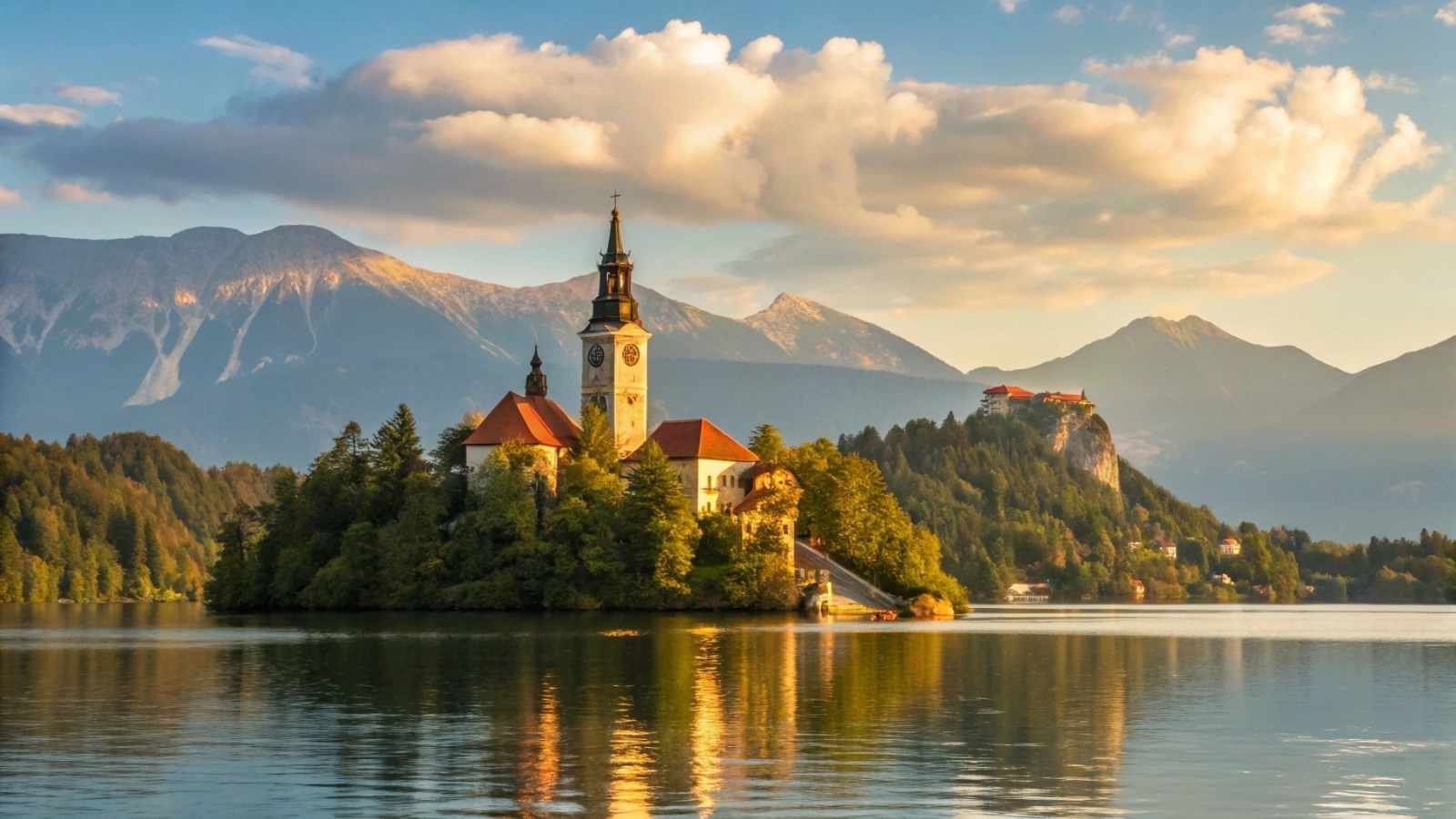
Slovenia often gets overshadowed by its bigger European neighbors, but once you step into this tiny country, you realize it’s a treasure chest of contrasts. The emerald waters of Lake Bled feel like something straight out of a fairytale, while the vibrant capital Ljubljana charms travelers with its riverside cafés, street musicians, and art-filled lanes. What makes Slovenia special is how seamlessly it blends Alpine landscapes, Mediterranean coasts, and wine country within just a few hours’ drive.
Beyond the obvious beauty, Slovenia is also one of the greenest countries in the world. Nearly two-thirds of its land is forested, and eco-tourism isn’t just a buzzword—it’s a way of life. Cycling routes are everywhere, hiking trails lead you from alpine villages to high peaks, and family-run guesthouses welcome travelers like old friends. You don’t feel like a tourist here—you feel like part of a rhythm that’s deeply connected to nature.
Then there’s the food and wine culture, which rivals Italy’s but at a fraction of the cost. From open-air food markets to cozy mountain huts serving stews and homemade bread, Slovenia’s dining scene feels authentic in a way many “popular” destinations have lost. For those who crave both serenity and adventure, Slovenia is an underrated paradise that gives you both without the crowds.
- Best months to visit: May to September (great for hiking, lakes, and outdoor dining)
- Top experiences: Lake Bled, Triglav National Park, Škocjan Caves, and the coastal town of Piran
- Good to know: Public transportation is reliable, but renting a car gives access to hidden gems
- Budget tip: Street food in Ljubljana and family-run vineyard stays are both affordable and memorable
2. Estonia
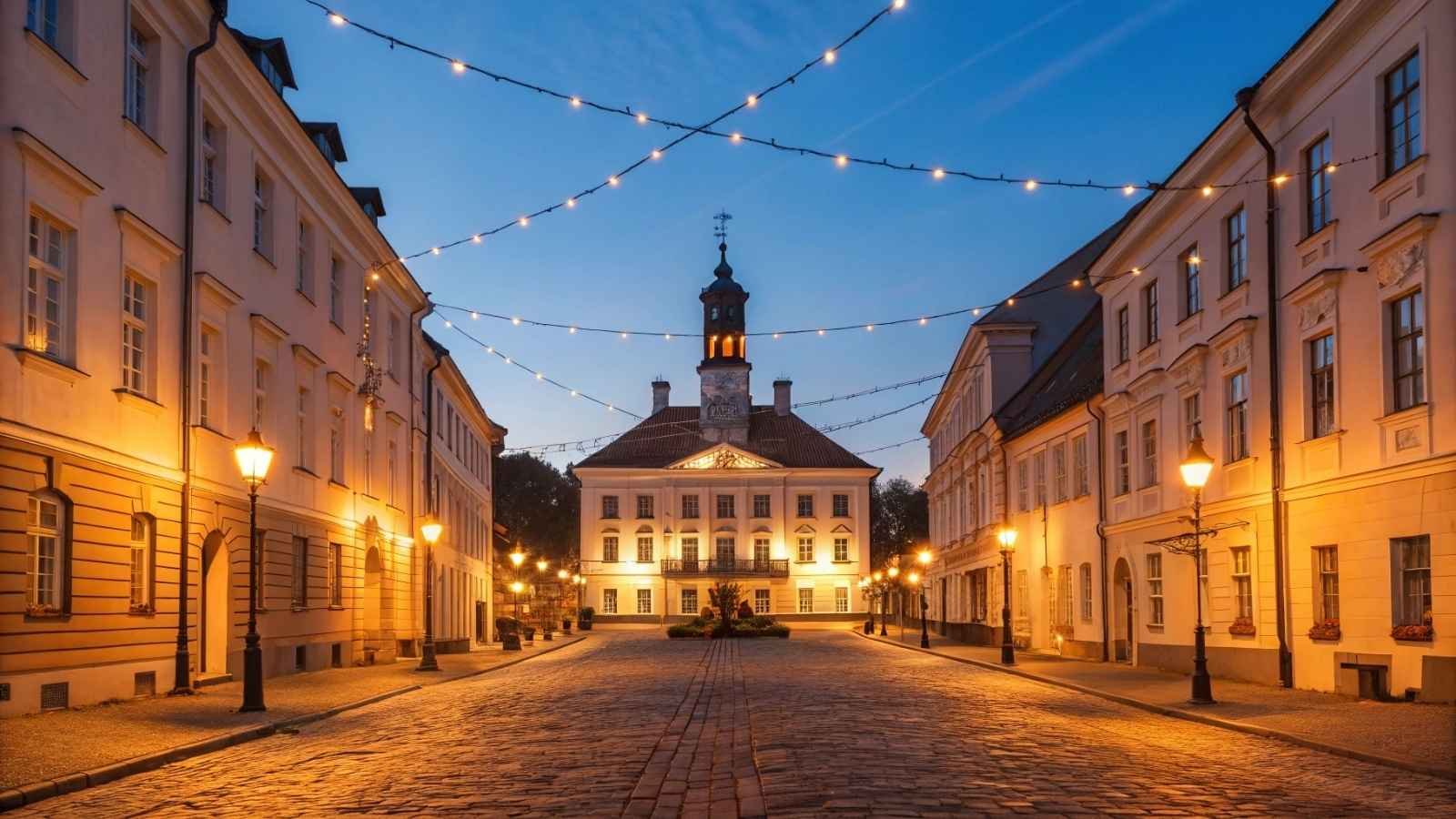
Estonia often gets lumped into the “gray, cold, former Soviet” stereotype, but nothing could be further from the truth. Tallinn, the capital, feels like stepping into a medieval storybook—complete with cobblestone alleys, red-roofed towers, and cozy cafés tucked inside centuries-old buildings. But just when you think you’re lost in history, you’re reminded that Estonia is one of the most digitally advanced nations in the world, home to startups and tech culture that rivals Silicon Valley.
What makes Estonia magical is its balance between old-world charm and modern innovation. You could spend your morning wandering a UNESCO World Heritage Old Town, your afternoon kayaking through a national park, and your evening enjoying gourmet dining that blends Nordic and Baltic flavors. The country’s compact size makes it incredibly easy to explore—forests, islands, and spa towns are never far away.
Then there’s the serenity of the Baltic Sea coast and the islands, where life slows down. Saaremaa, with its windmills and coastal villages, feels like a world far removed from the bustle of Europe’s hotspots. Estonia is the kind of place where you stumble on unexpected beauty—whether it’s a traditional folk festival, a quiet bog walk, or a café where locals welcome you in like family.
- Best months to visit: Late May to September (mild weather and long daylight hours)
- Top experiences: Tallinn Old Town, Lahemaa National Park, Saaremaa Island, bog walking tours
- Good to know: English is widely spoken, especially among younger generations
- Budget tip: Stay outside Tallinn for cheaper accommodations and more authentic experiences
3. Latvia
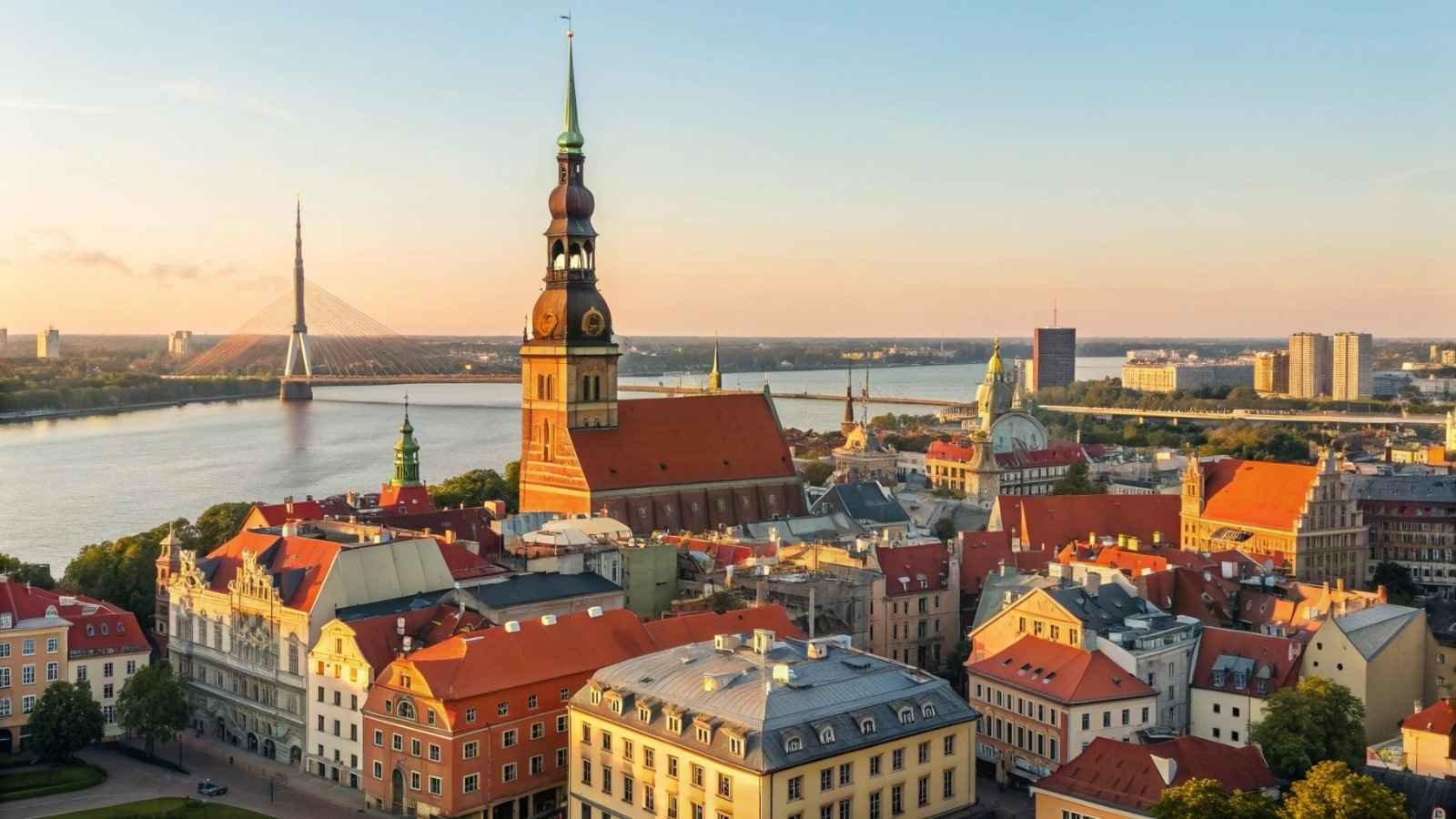
Latvia has a way of catching travelers off guard. Its capital, Riga, is a UNESCO World Heritage site, filled with art nouveau buildings that rank among the most impressive in Europe. Cafés spill out onto cobbled squares, and the city’s central market, housed in old Zeppelin hangars, bursts with fresh produce, smoked fish, and homemade breads. But Riga is just the beginning—Latvia’s real charm lies in the coastal towns, pine forests, and wide sandy beaches that stretch endlessly along the Baltic Sea.
For those who crave quiet exploration, Latvia is a goldmine. Gauja National Park, often called the “Switzerland of Latvia,” offers hiking, medieval castles, and hidden caves, while seaside Jurmala feels like a retro summer resort town—with wooden villas, mineral spas, and miles of beach perfect for long walks. Unlike crowded beach resorts elsewhere in Europe, you’ll often feel like you have the coastline to yourself.
Latvia also surprises with its cultural richness. Folk traditions are alive and well here, with festivals full of song, dance, and local crafts. The warmth of the people stands in contrast to the “cold” image outsiders often assume. The country has the rare mix of being budget-friendly, uncrowded, and brimming with authenticity—qualities that are hard to find in today’s over-touristed world.
- Best months to visit: June to August (warm weather and lively festivals)
- Top experiences: Riga Old Town, Gauja National Park, Jurmala Beach, Cesis Castle
- Good to know: Public transport is good, but rural areas are best explored by car
- Budget tip: Local guesthouses and countryside stays are affordable and unique
4. Slovakia
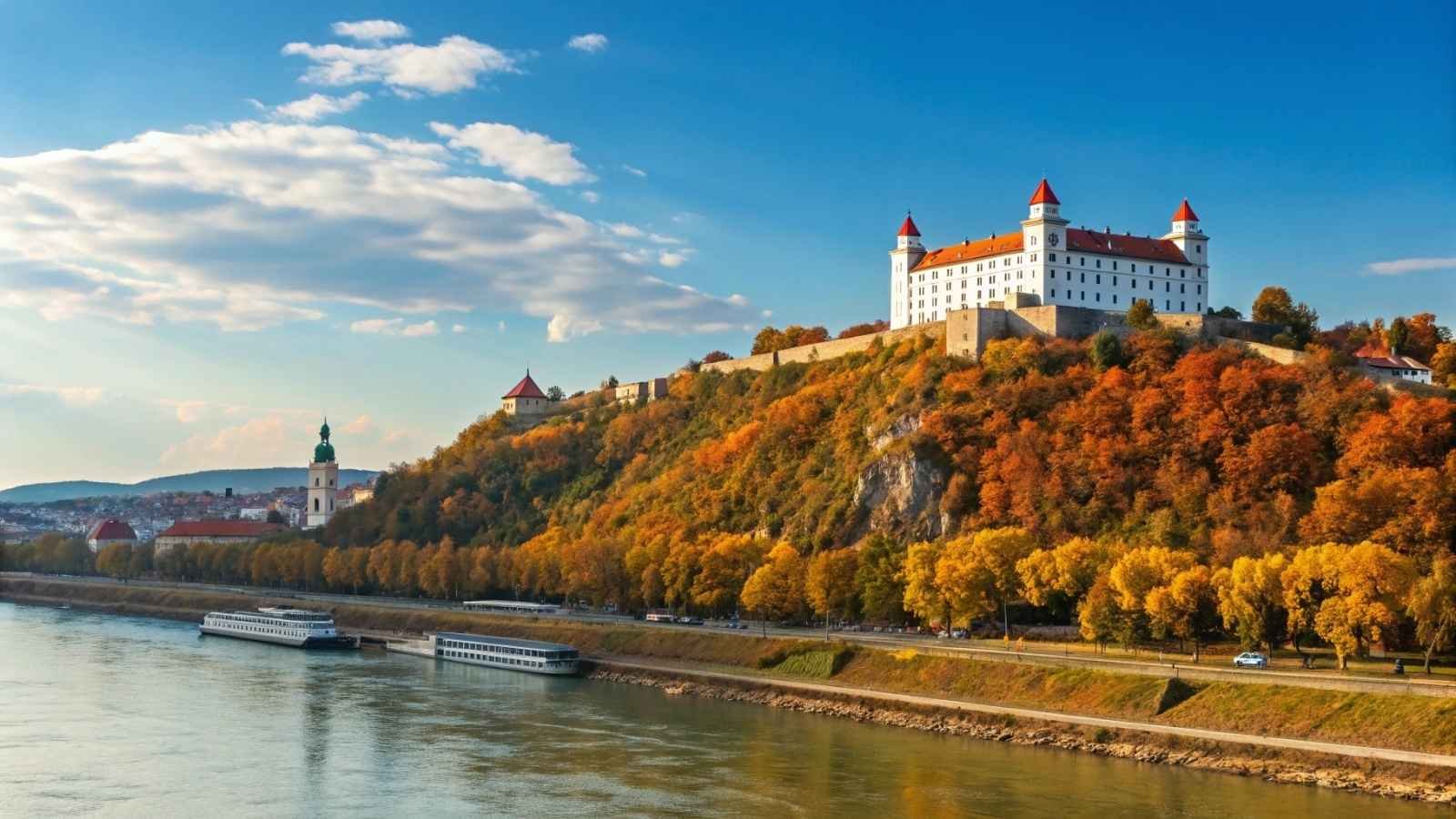
Slovakia might not make many travel wish lists, but it should. Nestled between Austria, Poland, and Hungary, this small country delivers mountain landscapes, fairytale castles, and hearty cuisine that rivals its better-known neighbors. The High Tatras mountains are a true paradise for hikers, offering alpine lakes, rugged peaks, and wildlife you’d never expect in the heart of Europe. And unlike Switzerland, you won’t be paying a fortune for mountain adventures here.
The capital city, Bratislava, is compact but brimming with personality. Its pastel-colored old town, quirky statues, and riverside cafés make it a joy to explore. But the best part of Slovakia lies outside the capital—villages tucked into valleys, wooden churches with centuries of history, and castle ruins perched on rocky cliffs. The atmosphere feels authentic and untouched, a refreshing change from Europe’s heavily touristed cities.
Food and drink are another highlight. Think dumplings filled with sheep’s cheese, hearty soups, and local wines that rarely make it outside the country. Hospitality is warm, often with a sense of pride in sharing what makes Slovakia special. For travelers who love mountains, authenticity, and affordability, Slovakia delivers in spades.
- Best months to visit: June to September (hiking and outdoor activities), December to March (skiing)
- Top experiences: High Tatras, Spiš Castle, Bratislava Old Town, Orava Village Museum
- Good to know: The country is compact—easy to explore with a rental car
- Budget tip: Hiking huts in the mountains offer cheap and cozy stays
5. Uruguay
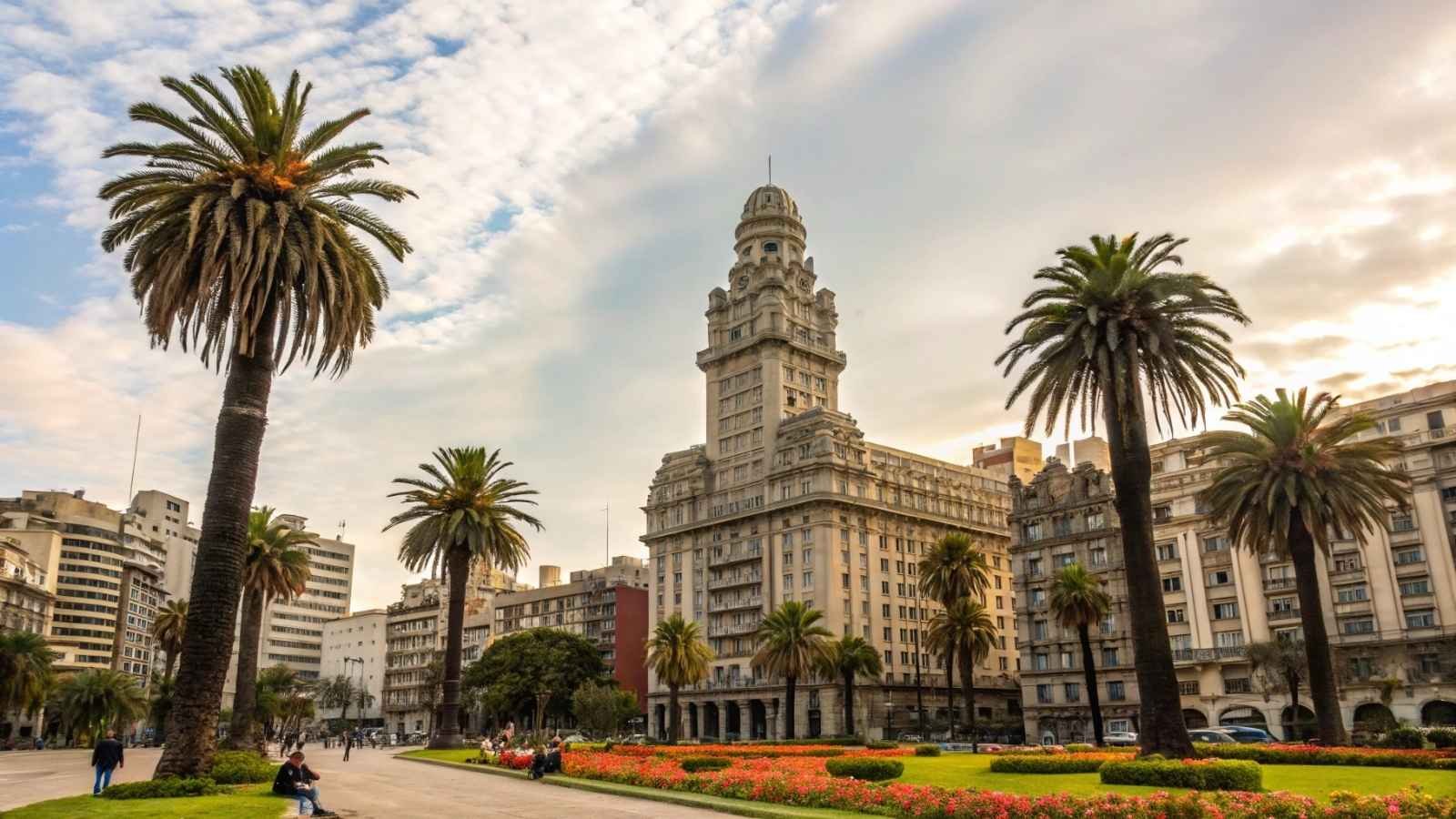
Uruguay is often overshadowed by its larger neighbors—Argentina and Brazil—but that’s exactly what makes it such a treat for smart travelers. This small South American country is a land of beaches, wine, and laid-back culture, where the pace of life feels refreshingly unhurried. Montevideo, the capital, is known for its coastal promenade, lively markets, and rich cultural scene. But the real draw lies in the smaller towns and countryside.
Punta del Este may get the fame, but head to places like José Ignacio, where rustic beach houses and fresh seafood give off luxury without the pretension. Inland, you’ll find rolling vineyards producing award-winning wines, particularly tannat, the country’s signature grape. Staying at a family-owned vineyard offers a glimpse into Uruguay’s relaxed hospitality—think long lunches, good wine, and unspoiled views.
Uruguay is also about culture and people. Tango and candombe rhythms spill into the streets, and there’s a spirit of friendliness that makes you feel welcome wherever you go. Safety, stability, and affordability add to the appeal, making Uruguay a hidden gem in a region often dominated by flashier destinations. It’s the kind of place where you come for the beaches but stay for the soul.
- Best months to visit: November to March (summer beach season)
- Top experiences: Montevideo’s Rambla, Colonia del Sacramento, José Ignacio, Uruguayan wine country
- Good to know: Public transport is excellent, and distances are short—easy to explore in a week or two
- Budget tip: Beach towns outside of peak season (like March) are affordable and uncrowded
6. Lithuania
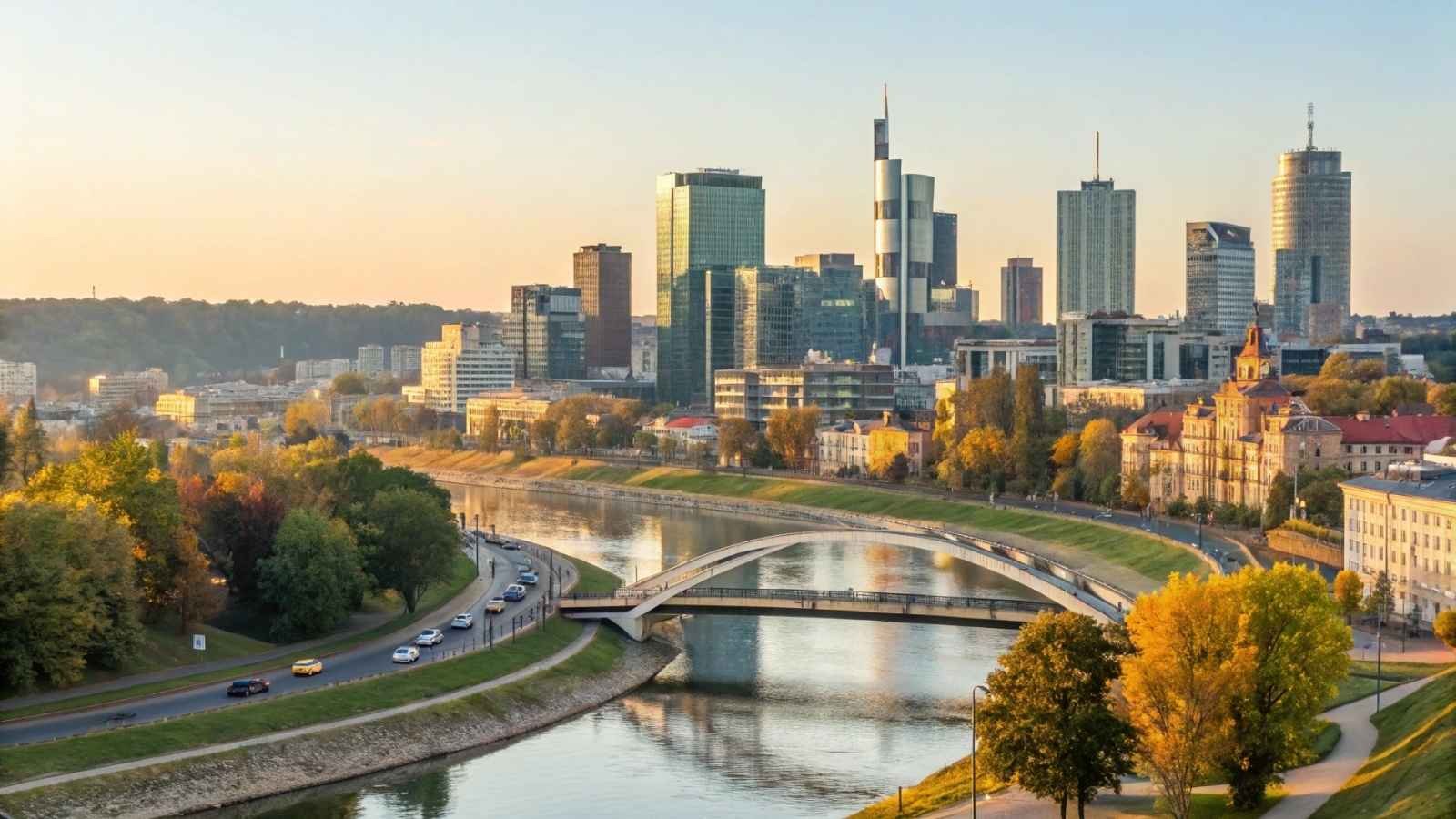
Lithuania often slips under the radar, yet it has a magnetic pull for those who value history and atmosphere. Vilnius, the capital, has one of the largest surviving medieval old towns in Europe—yet it feels young, creative, and full of energy. Cafés spill into cobbled courtyards, street art peeks out around corners, and there’s always a festival or market buzzing somewhere. Beyond the city, you’ll find endless forests, lakes, and castles that bring quiet charm to every journey.
One of the most moving places to visit is the Hill of Crosses, a haunting yet beautiful site that carries deep spiritual meaning for locals. And then there’s Trakai Island Castle, which looks like it was made for postcards. Lithuania has this rare ability to give you both depth and fun—it can be soulful one moment, playful the next.
For travelers who crave a destination with substance, Lithuania delivers far more than its quiet reputation suggests. It’s a country where heritage meets creativity, making every day of your trip feel fresh.
- Best months to visit: May to September
- Top experiences: Vilnius Old Town, Hill of Crosses, Trakai Castle, Curonian Spit dunes
- Good to know: English is common among younger people; Russian is also widely understood
- Budget tip: Vilnius is one of the most affordable capitals in Europe
7. Oman
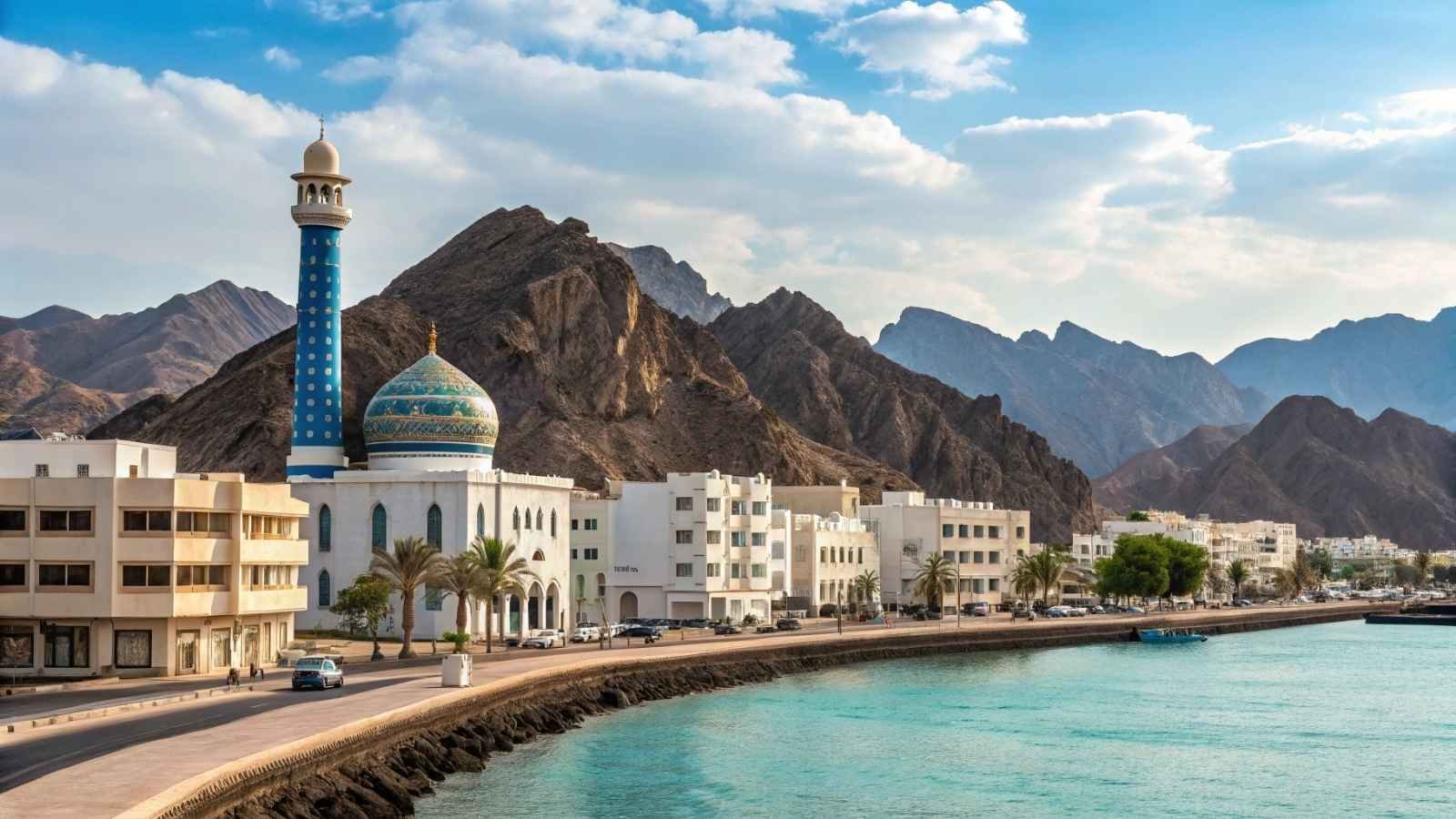
Oman doesn’t shout for attention like its flashier Gulf neighbors, but that’s exactly why it feels authentic. The country balances modern comfort with deep traditions, unspoiled landscapes, and warm hospitality. You’ll find forts and souks that transport you centuries back, desert dunes that glow gold at sunset, and wadis (natural pools) perfect for cooling off in the heat.
Muscat, the capital, is elegant but not overwhelming. Its grand mosques, waterfront corniche, and bustling markets make a wonderful introduction before you head into the wild beauty of the countryside. Unlike many destinations in the region, Oman offers mountains, coastlines, and deserts all within a few hours’ drive.
What keeps travelers coming back is the sense of calm. Oman is safe, welcoming, and stunning without trying too hard. For those who want a mix of adventure and serenity, it’s an underappreciated paradise.
- Best months to visit: October to April (cooler temperatures)
- Top experiences: Nizwa Fort, Wahiba Sands desert, Jebel Akhdar mountains, Wadi Shab
- Good to know: Modest dress is appreciated; Oman is more conservative than nearby Dubai
- Budget tip: Rent a car to explore—organized tours can be pricey
8. Georgia
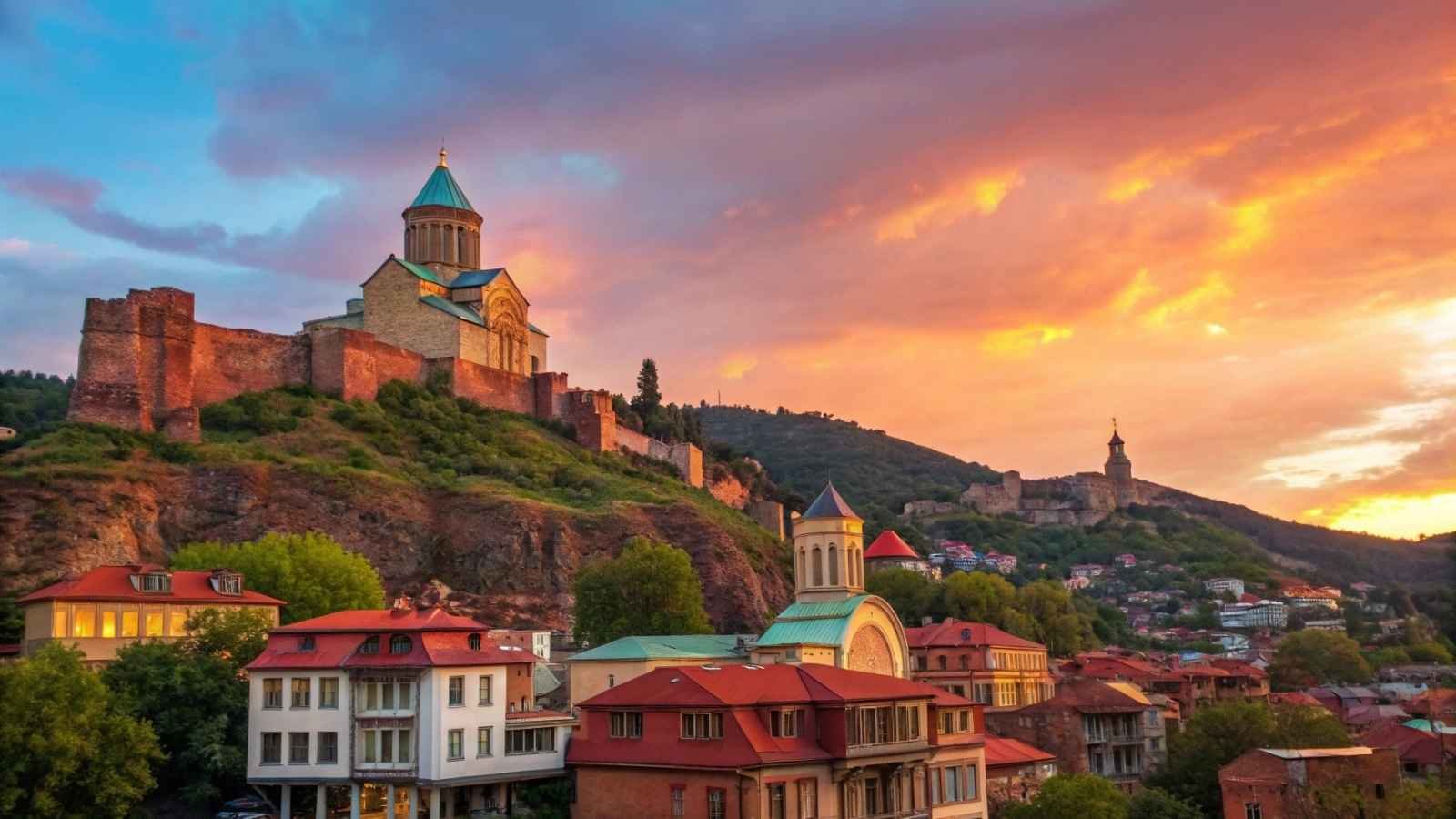
Few places in the world pack as much variety as Georgia. One day you’re sipping wine in the world’s oldest wine-producing region, the next you’re hiking through the Caucasus Mountains or wandering Tbilisi’s labyrinth of streets lined with balconies and quirky cafés. It’s a country where tradition is everywhere, yet creativity flourishes at every corner.
Tbilisi has a raw, lived-in beauty that feels incredibly real. Old bathhouses, colorful wooden balconies, and street art mix with trendy bars and restaurants. Then there’s the food—khachapuri (cheese bread), dumplings, and rich stews that will spoil you for good. Georgian cuisine is as much about the experience as the flavors—long feasts with endless wine and toasts that feel like family gatherings.
Georgia’s landscapes are breathtaking: Black Sea coastlines, mountain villages that look untouched by time, and vast valleys covered in vineyards. It’s an adventurer’s dream, but also perfect for slow travelers who want to soak in culture and hospitality.
- Best months to visit: May to June, September to October (mild weather)
- Top experiences: Tbilisi, Kazbegi mountains, Kakheti wine region, Batumi on the Black Sea
- Good to know: Hospitality is legendary—don’t be surprised if locals invite you in for a meal
- Budget tip: Food and transport are very affordable compared to Europe
9. Bhutan
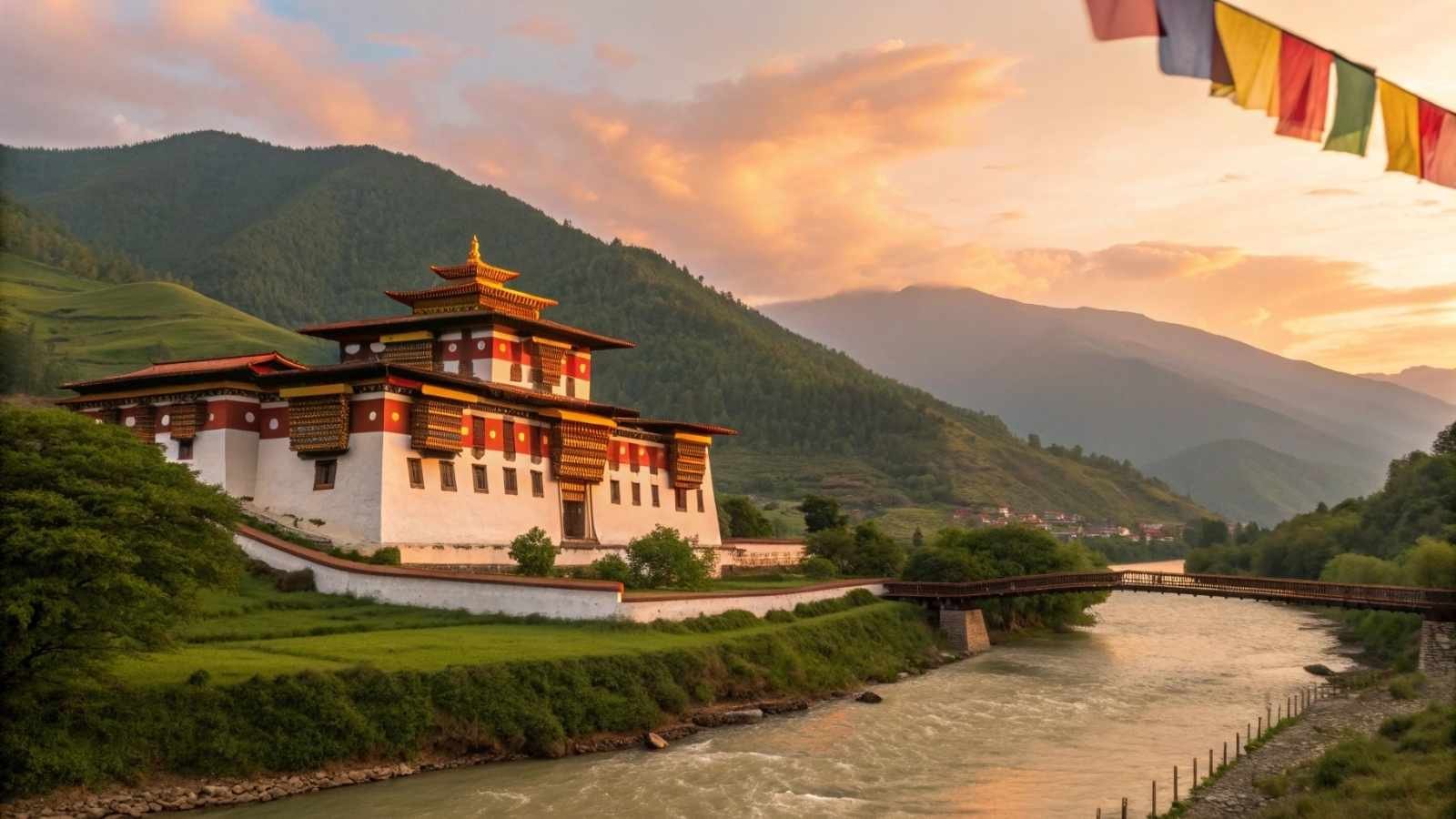
Bhutan is no ordinary destination—it’s a philosophy wrapped in a country. Known for its concept of Gross National Happiness, this Himalayan kingdom values well-being and preservation over unchecked tourism. That means when you visit, you’re stepping into a place that feels intentionally different: monasteries perched on cliffs, prayer flags fluttering in the wind, and locals in traditional dress going about their lives with pride.
The highlight is often Tiger’s Nest Monastery, clinging dramatically to the side of a mountain. But there’s more—valleys where rice paddies glow golden at sunset, fortresses that look like they belong in epic tales, and festivals filled with music and dance that feel timeless.
Travel here does require a daily fee (a tourism sustainability tax), but many who go say it’s worth every penny. Bhutan isn’t about checking off sights; it’s about experiencing a way of life that feels deeply grounding.
- Best months to visit: March to May (spring blossoms) and September to November (clear skies)
- Top experiences: Tiger’s Nest Monastery, Punakha Dzong, Paro Valley, traditional festivals
- Good to know: Independent travel is restricted—you’ll need to arrange through licensed tour operators
- Budget tip: The daily fee covers guides, meals, and accommodation, so expenses are more predictable
10. Armenia
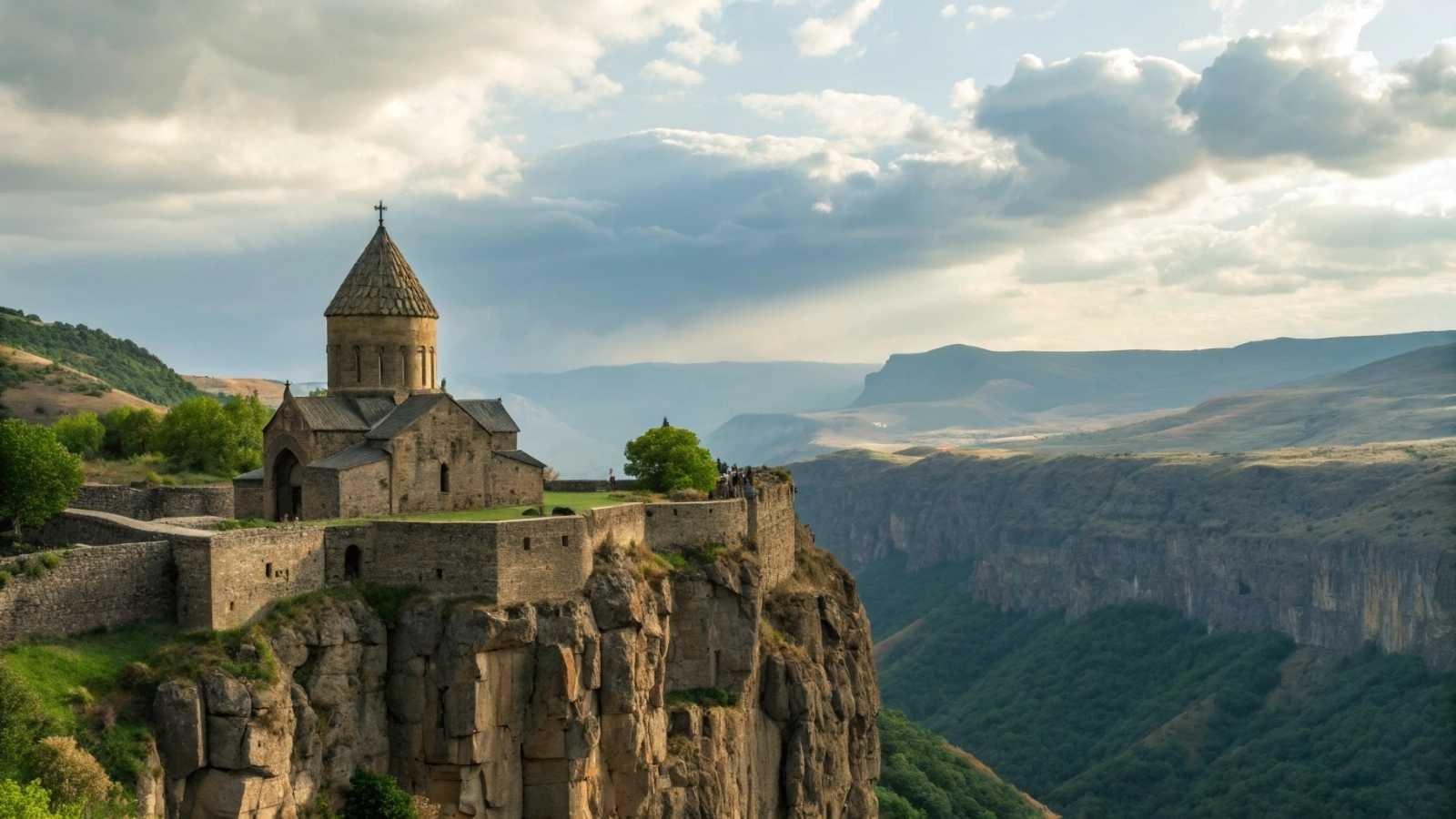
Armenia is one of those countries that leaves an imprint long after you’ve left. Yerevan, its capital, buzzes with life—open-air cafés, tree-lined squares, and a view of Mount Ararat, which dominates the horizon like a guardian. The city mixes Soviet-era architecture with a café culture that feels very European, yet distinctly Armenian.
History here runs deep. The country is filled with ancient monasteries perched on cliffs, often surrounded by jaw-dropping scenery. Khor Virap, for example, offers that iconic view of Mount Ararat, while Tatev Monastery is reached by one of the world’s longest cable cars. Every site carries a sense of resilience and continuity.
Food is another highlight—grilled meats, fresh herbs, and lavash bread baked in traditional clay ovens. Meals often stretch long into the evening, filled with warmth and laughter. Armenia may be “boring” on paper to some, but for travelers looking for soul, it’s unforgettable.
- Best months to visit: April to June, September to October (pleasant weather)
- Top experiences: Yerevan, Khor Virap Monastery, Tatev Monastery, Lake Sevan
- Good to know: The landscape is mountainous—bring good walking shoes
- Budget tip: Local guesthouses provide inexpensive and authentic stays
11. Taiwan
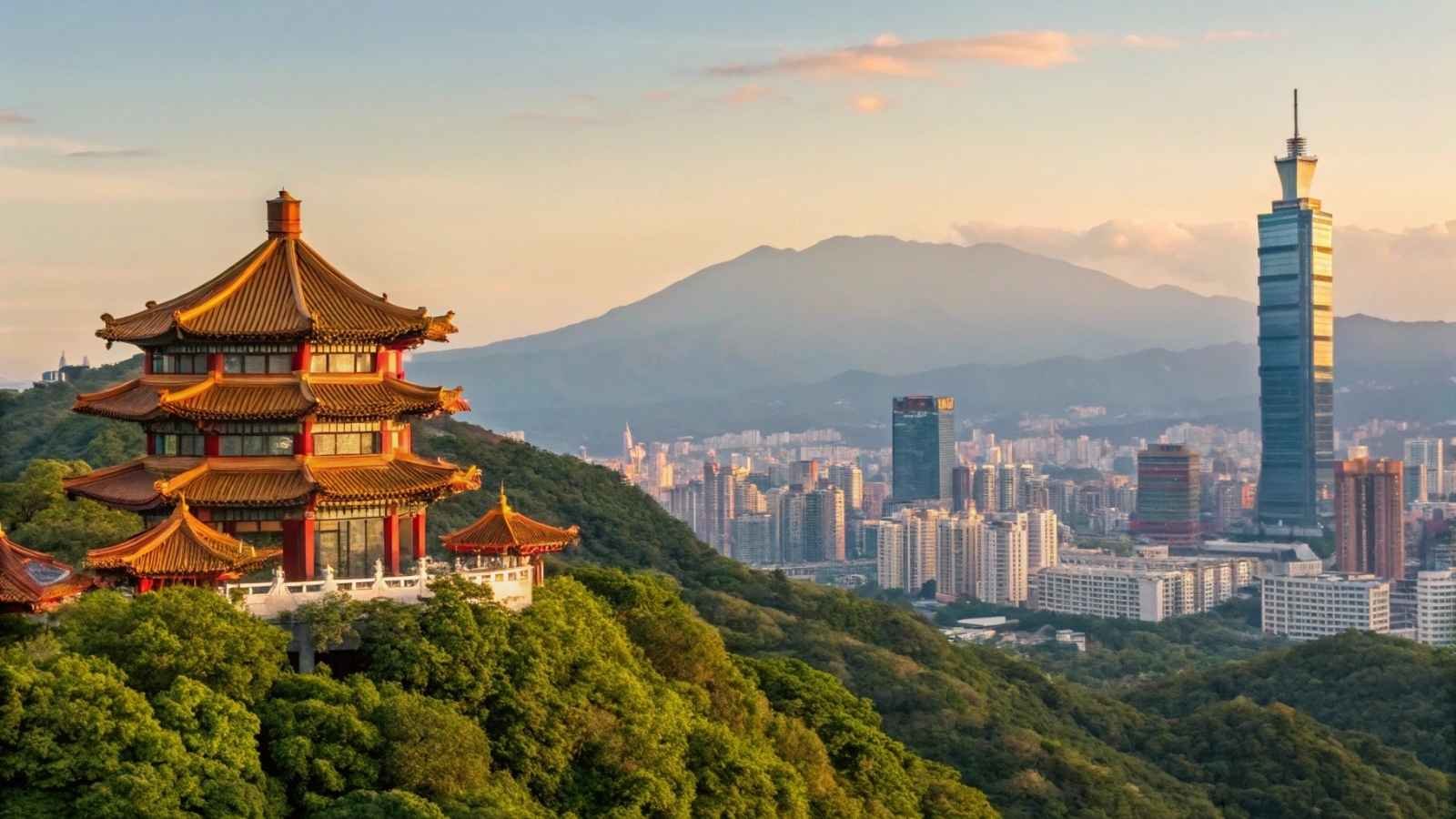
Taiwan has long been misunderstood—often reduced to just a business hub—but for travelers, it’s a wonderland. Taipei offers a mix of night markets buzzing with energy, ancient temples tucked between skyscrapers, and world-class food that rivals anywhere in Asia. The famous street food scene is an adventure in itself—dumplings, beef noodle soup, bubble tea—it’s a feast that never ends.
But Taiwan’s beauty extends far beyond the city. Taroko Gorge offers dramatic marble cliffs and rushing rivers, Sun Moon Lake is perfect for cycling, and Alishan is renowned for misty mountains and sunrise views that feel surreal. Add to that tropical beaches in the south, and you’ve got a country with incredible variety.
What makes Taiwan particularly appealing is its warmth—locals are famously welcoming, and the travel experience feels easy and safe. For those who want a destination that delivers both thrills and comfort, Taiwan is an absolute gem.
- Best months to visit: October to April (avoid typhoon season in summer)
- Top experiences: Taipei night markets, Taroko Gorge, Sun Moon Lake, Alishan sunrise
- Good to know: Public transport is excellent—high-speed trains make cross-island travel a breeze
- Budget tip: Night markets are the best place to eat well without spending much





